Performance and choice of LLMs
Nick Brady, Microsoft
Watch Now
12:23 Minutes The average reading duration of this insightful report.

Think your enterprise can master AI alone? Discover why a Chief AI Officer is crucial for aligning tech and strategy, managing risks, and seizing opportunities, or risk falling behind and missing out on innovation. Here's your roadmap.
Explore a sneak peek of the full content
As enterprises increasingly integrate AI technologies into various departments, the need for a centralized AI strategy becomes crucial. A Chief AI Officer (CAIO) serves as the linchpin for aligning AI initiatives with enterprise goals, ensuring efficient data interoperability and regulatory compliance. The CAIO is responsible for setting the AI vision, building partnerships, and guiding the enterprise through the complexities of AI adoption. Without a CAIO, enterprises risk fragmented AI development, slow decision-making, and increased operational costs. Download Complete Research
The CAIO should possess a blend of technical and business acumen. Key skills include a deep understanding of AI technologies, data infrastructure, and the ability to work cross-functionally. Strategic thinking and strong communication skills are essential for identifying new AI-driven business opportunities. The CAIO should also excel in talent management, as attracting and retaining top AI talent is critical for sustained AI innovation within the enterprise.
In the absence of a CAIO, the enterprise faces issues like incomplete visibility of the current and future AI architecture, slow and ineffective decision-making, and lack of commonality and consistency due to the absence of enterprise AI standards, policies, and guidelines.
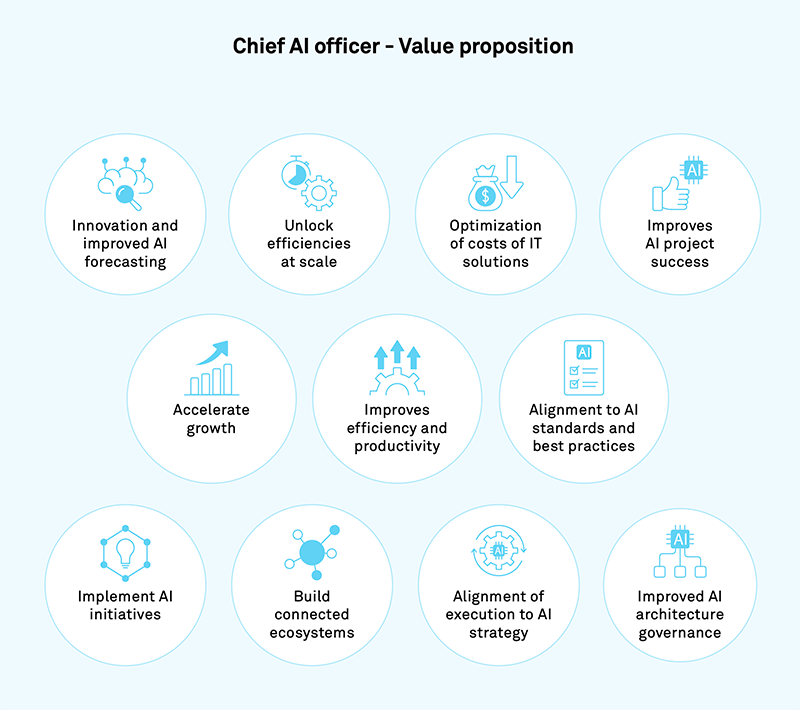
The CAIO is tasked with setting the AI vision, ensuring budget allocation, and overseeing governance across AI projects. They identify new AI opportunities that can enhance productivity, streamline business processes, and open up new markets. The CAIO collaborates with other C-suite executives to align AI strategies with overall business and IT goals. They are also responsible for establishing AI best practices, and standards, and ensuring ethical considerations in AI implementations. Download Complete Research
Effective AI management requires a holistic approach that aligns AI initiatives with business and IT strategies. The CAIO’s office should focus on AI governance, ensuring standardization and avoiding monolithic, siloed implementations. A cross-organizational AI Board or Council, comprising key stakeholders, should oversee the AI strategy, thereby ensuring that AI adoption is consistent, efficient, and aligned with enterprise objectives.
AI presents enterprises with a plethora of strategic business opportunities, from enhancing existing products to creating new services. Enterprises with proprietary data and in-house AI skills are best positioned to capitalize on these opportunities. However, risk management frameworks are essential for mitigating potential financial losses, regulatory breaches, and ethical considerations. The CAIO plays a pivotal role in aligning AI initiatives with these strategic opportunities while managing associated risks. Download Complete Research
Credits
Author@lab45: Hussain S Nayak
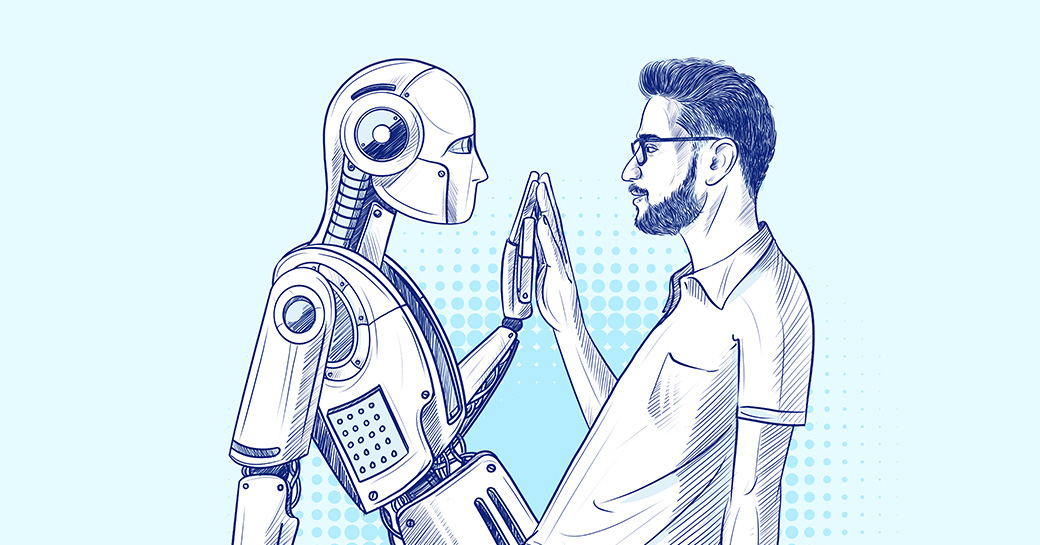
03:15 Minutes The average duration of a captivating reports.

Explore the intricate dance of genetic diversity and the power of thought in shaping human evolution. Discover how these fundamental elements intertwine, driving our progress for millions of years, and ponder the future role of AI in this evolutionary journey.
There is rapid scientific progress being made towards building artificial intelligence in different modalities (text, images, etc.), and it is hard not to see a future where eventually it will converge into some form of Artificial General Intelligence. If/When it does, I can’t help but wonder how such an intelligence in the future would treat humans. “Would it be empathetic, or would it be dominant?”
Today, in our place in the evolutionary chain, humans have the highest cognitive skills. Due to this, we have chosen a path of dominance. We grow and use life as food, we treat animals as produce in factory lines, we wipe out natural ecosystems to make vain tables and chairs and build fancy homes and factories, we convert fossils to polymers and then dump them in oceans, we introduce chemicals into organic matter without regard to life forms in the soil, and the host of actions is endless. If intelligence means dominance, we are doing a fantastic job.
But this path of dominance is not the universal human path. There is a growing movement towards more empathy towards life forms around us. Preservation of biodiversity, local and organic eating, reduction of plastics, plant-based diets, and free-range farming are just some starting examples of humans with more empathy. I personally believe that empathy is a higher-order intelligence since it is inclusive. Dominance is a historical concept.
I have a companion in my home. She is 6 years old, and she has 4 paws. Her name is Maple. When people use the phrase “pet ownership,” I cringe. I don’t own Maple. How can one life form own another? I am her caretaker and her companion, and vice versa. I want no dominion over other life but rather friendship.
I can understand that the path of empathy is a balancing act since one must weigh the consequences to oneself. However, the path of dominance is also a balancing act since one has to weigh the consequences to other life forms.
There isn’t a right or wrong here, but the question to ask yourself is how would you like a higher form of intelligence to treat you? If you are a fair person, you would want to be treated the way you treat other life forms. It’s an important question since it will inform the lifestyle decisions you make. Download Complete Research
Credits
Authors@lab45: Arvind Ravishunkar
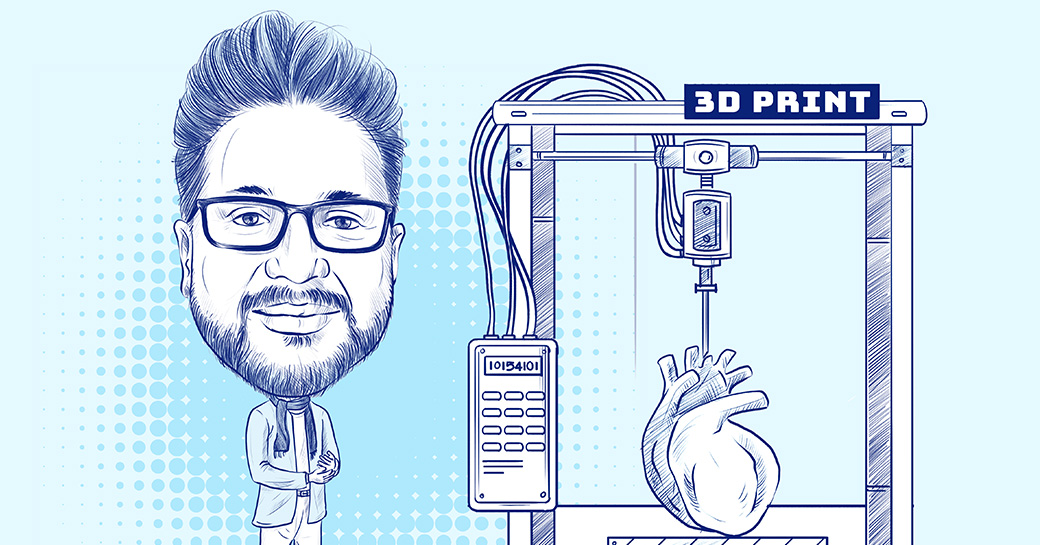
4:05 Minutes The average duration of a captivating reports.

Explore ten breakthrough technologies poised to redefine human existence, from gene editing and AI to Mars journeys and mind uploading, reshaping our future in unimaginable ways. Dive into this evolution now.
This is the most important question that we will have to answer in this century.
In the last few million years, technology (from stone age tools to computers) has been an enabler for us to lead better lives (i.e lifestyles) and have improved life spans (i.e health). While some technologies have made their way into the human body such as pacemakers, metallic joints, hip replacements, knee replacements, cataracts, etc, most of these technologies have been incremental changes that fix us. Download Complete Research
In the last few years, a suite of new technology breakthroughs are emerging that are going to raise some important questions about how humans will evolve. These technologies are not just enablers but fundamental game changers that will modify what it means to be a human being. They can lead to stronger, faster, more intelligent, more agile and non-terrestrial humans. While some of these technologies exist, some are conceptual.
With gene editing, mind uploading, exoskeletons, general artificial intelligence, non-biological reproduction and martian living, the definition of what it means to be human will be a leading question in this century.
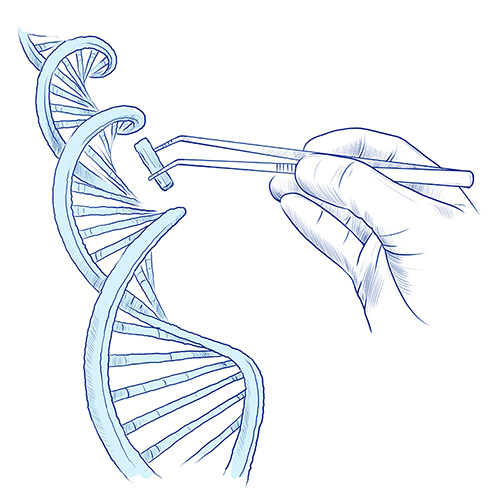
Here we capture 10 such technologies that you will want to keep your eyes on
Credits
Authors@lab45: Arvind Ravishunkar
This is your invitation to become an integral part of our Think Tank community. Co-create with us to bring diverse perspectives and enrich our pool of collective wisdom. Your insights could be the spark that ignites transformative conversations.
Learn More
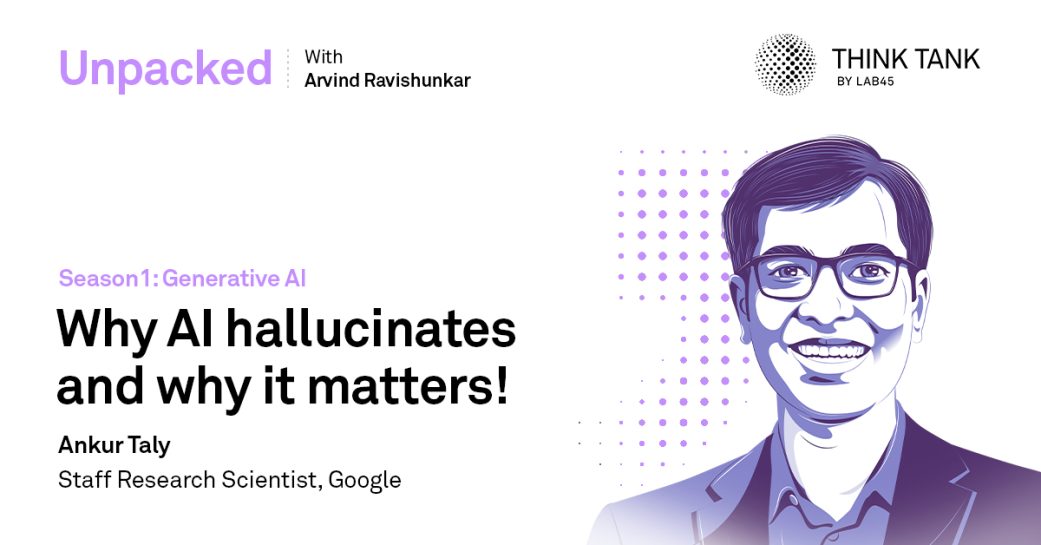


Key Speakers
Thank you for subscribing!!!
